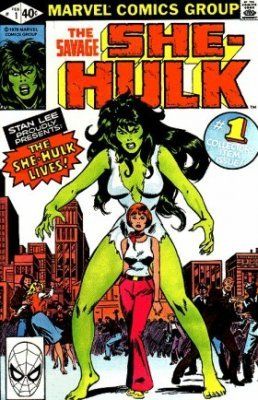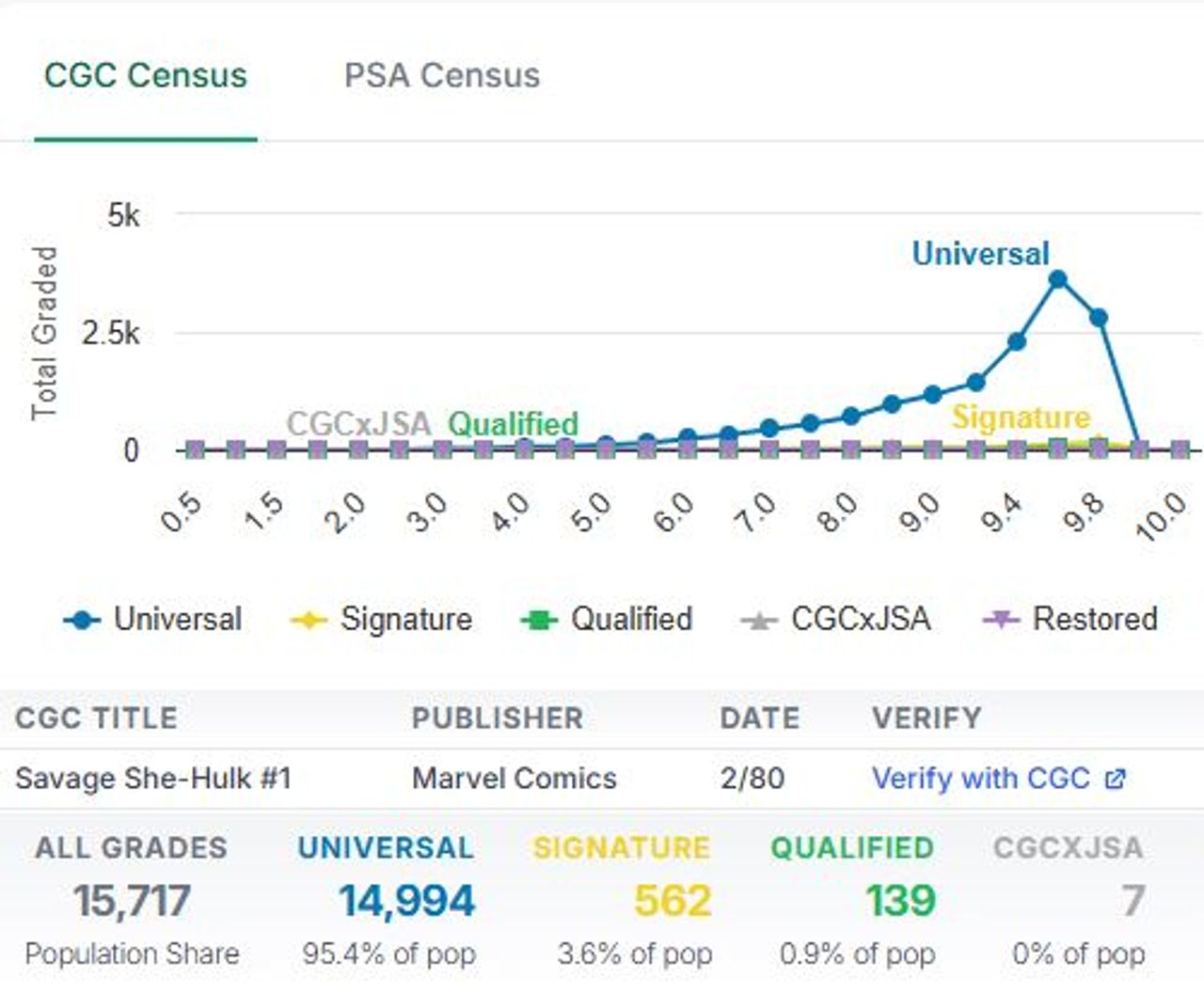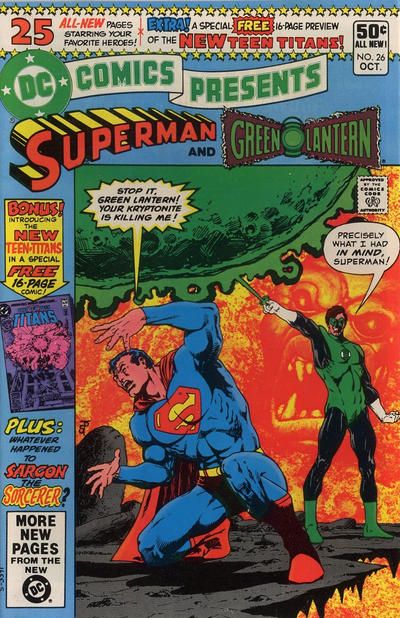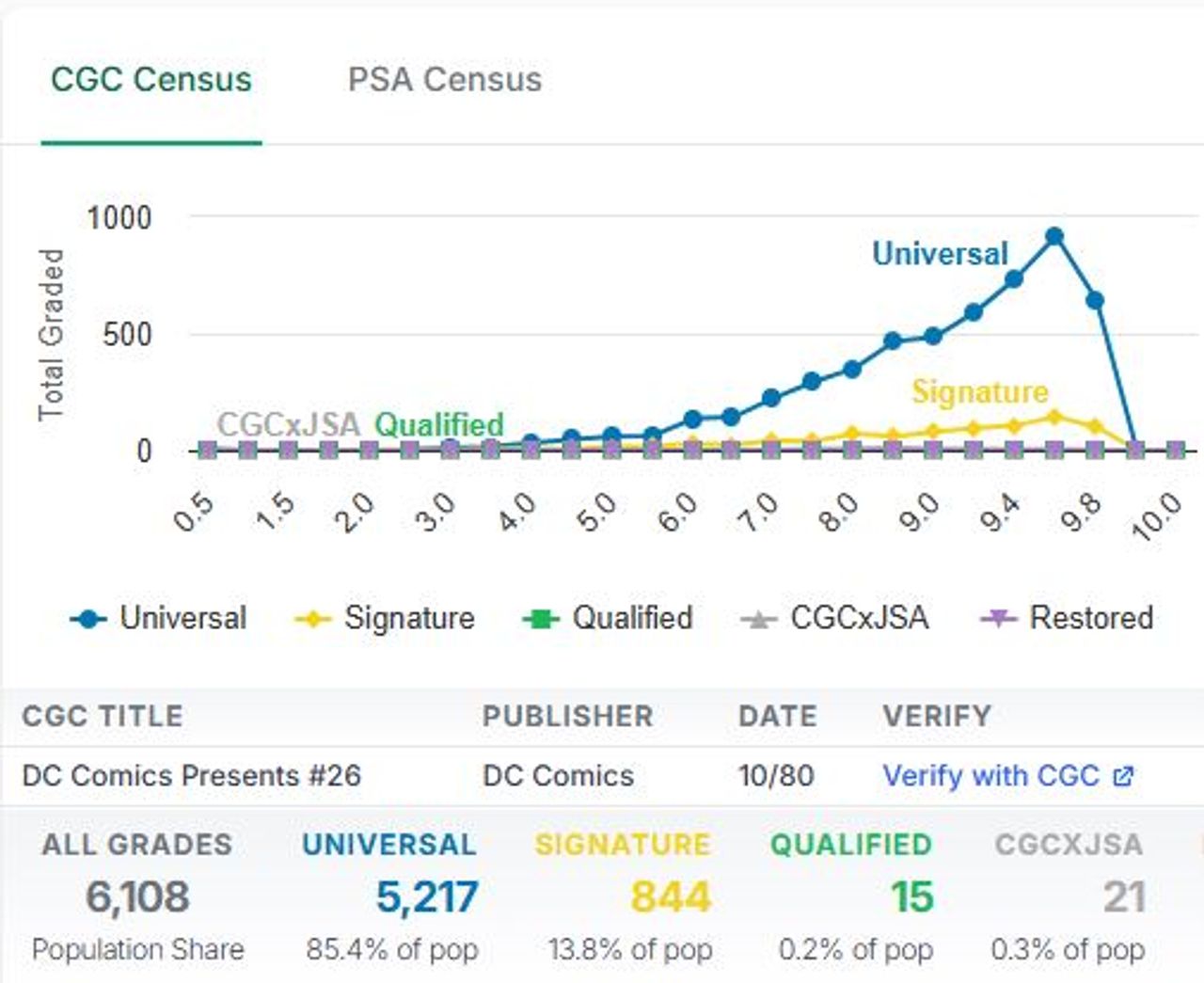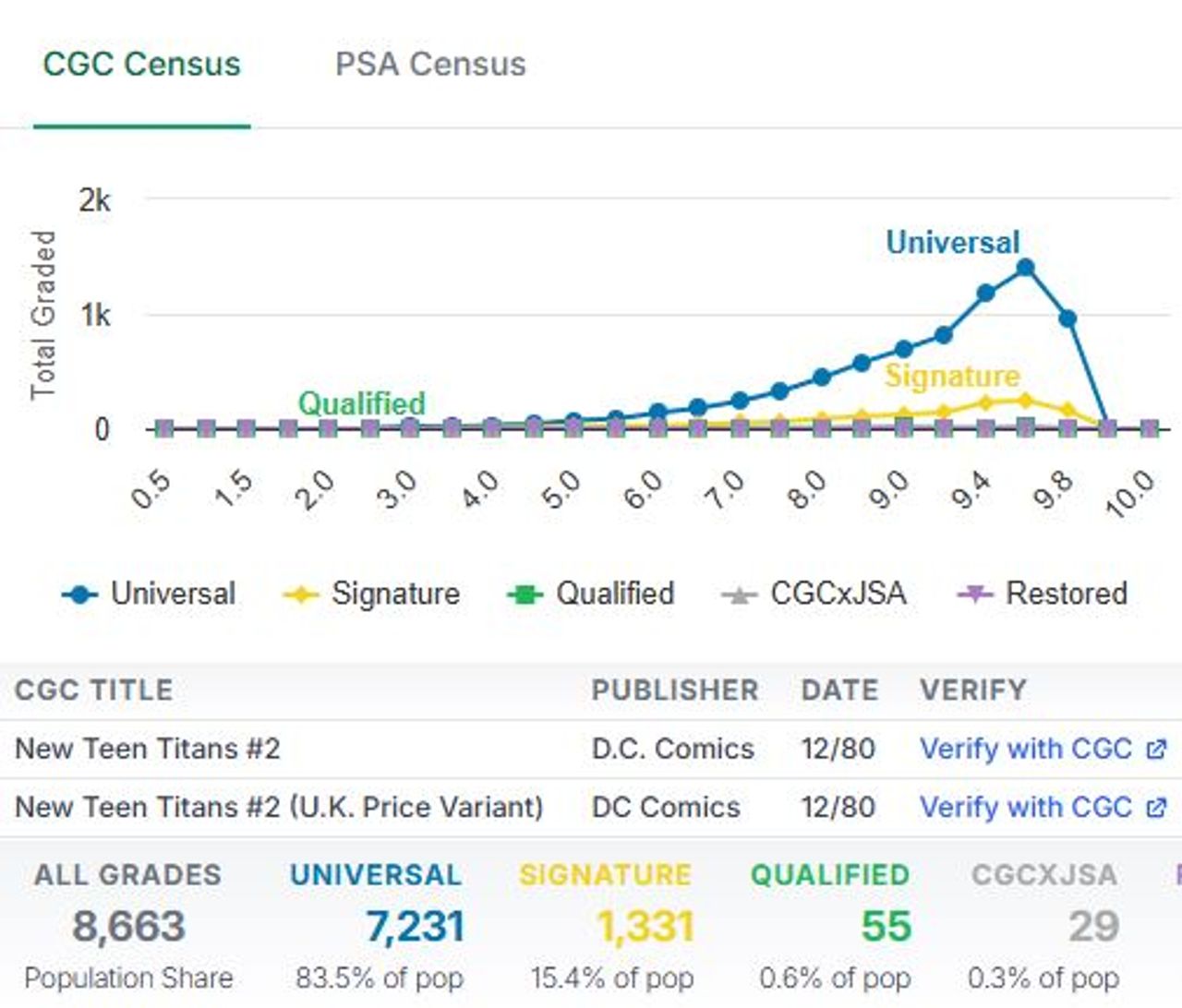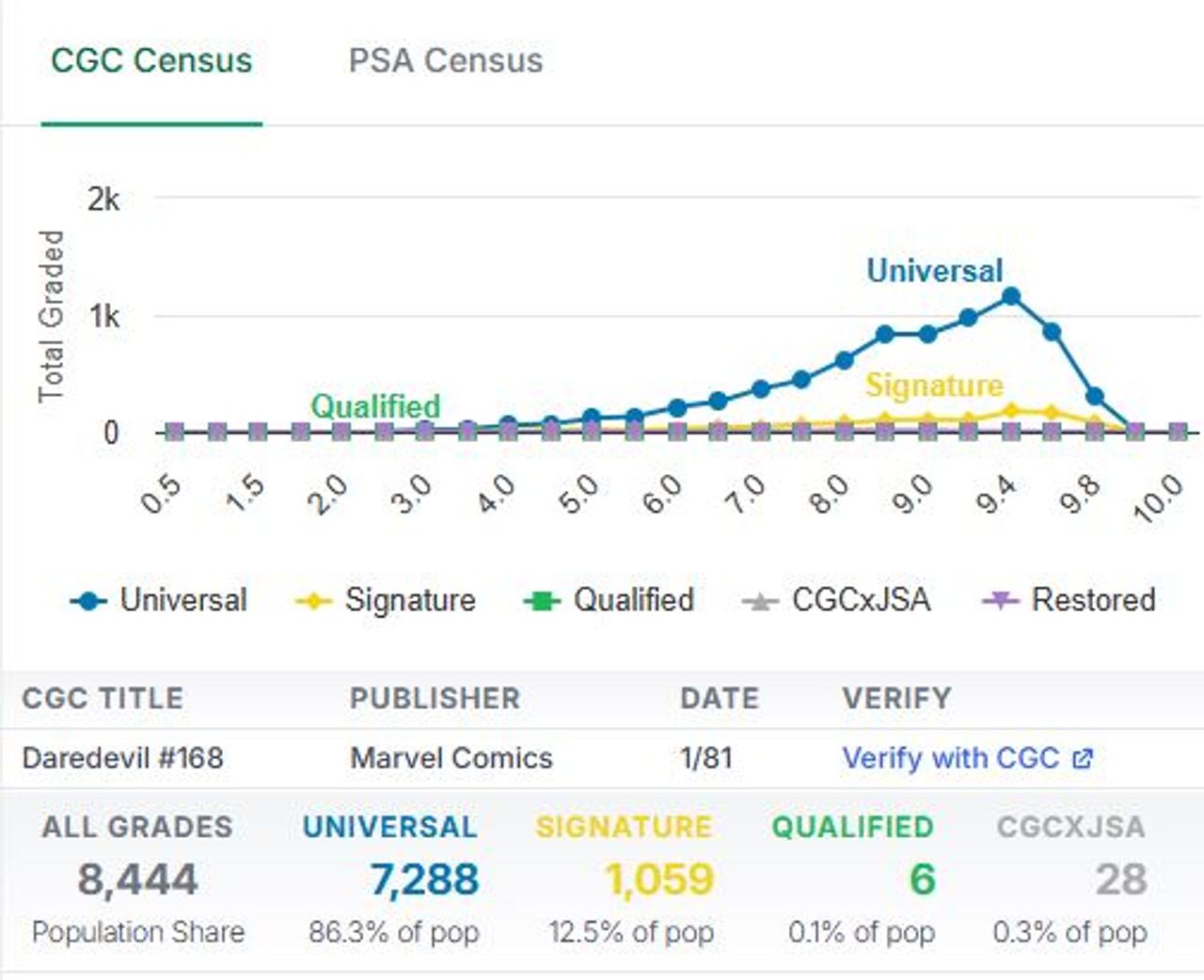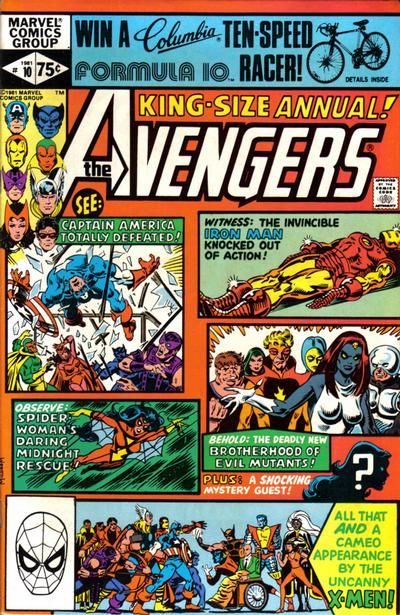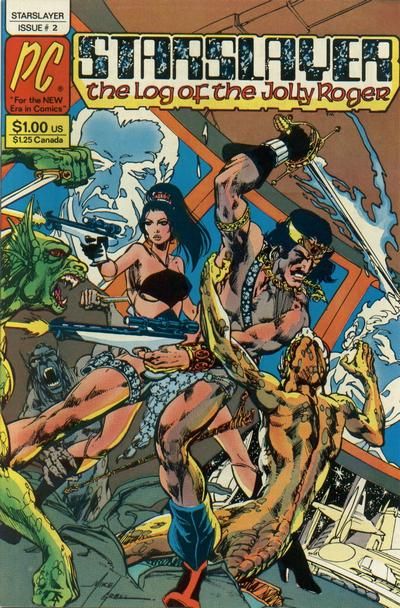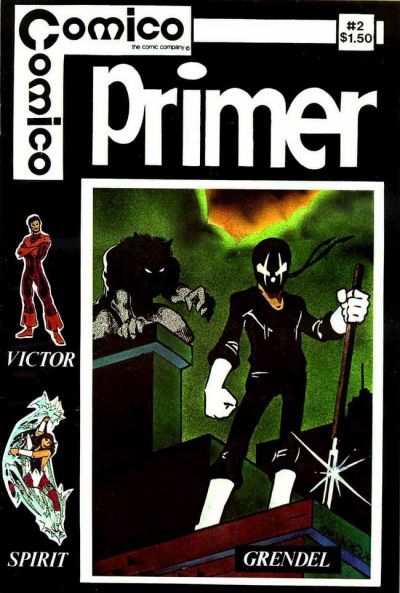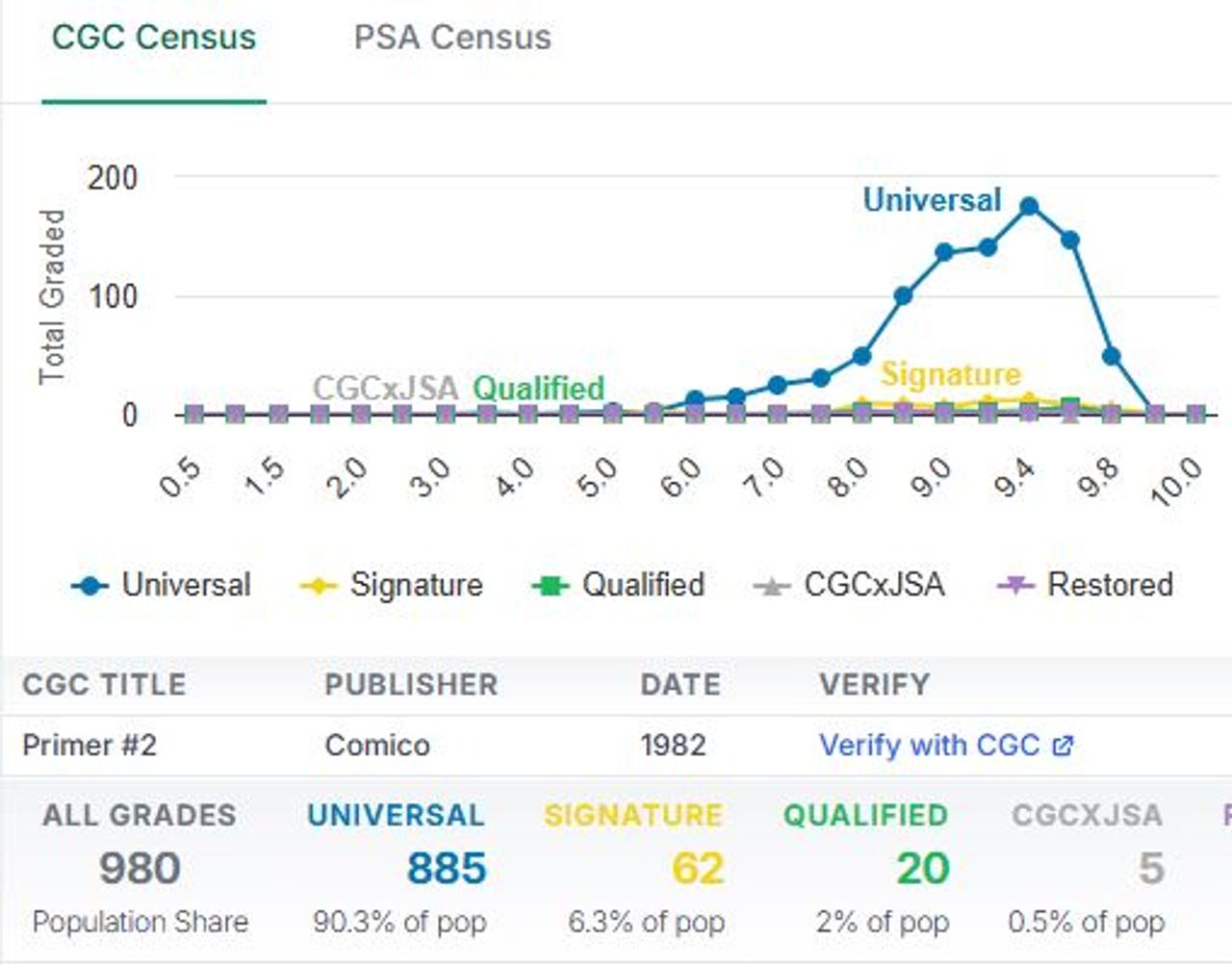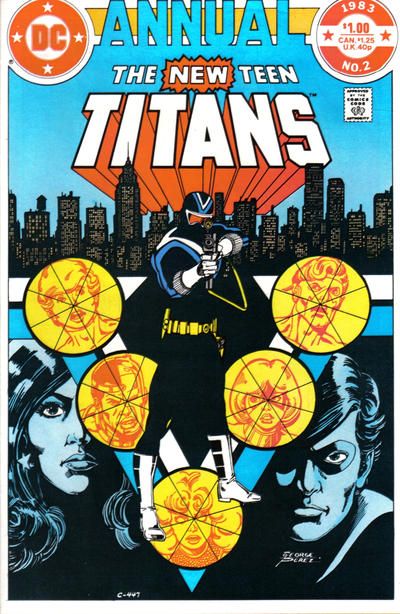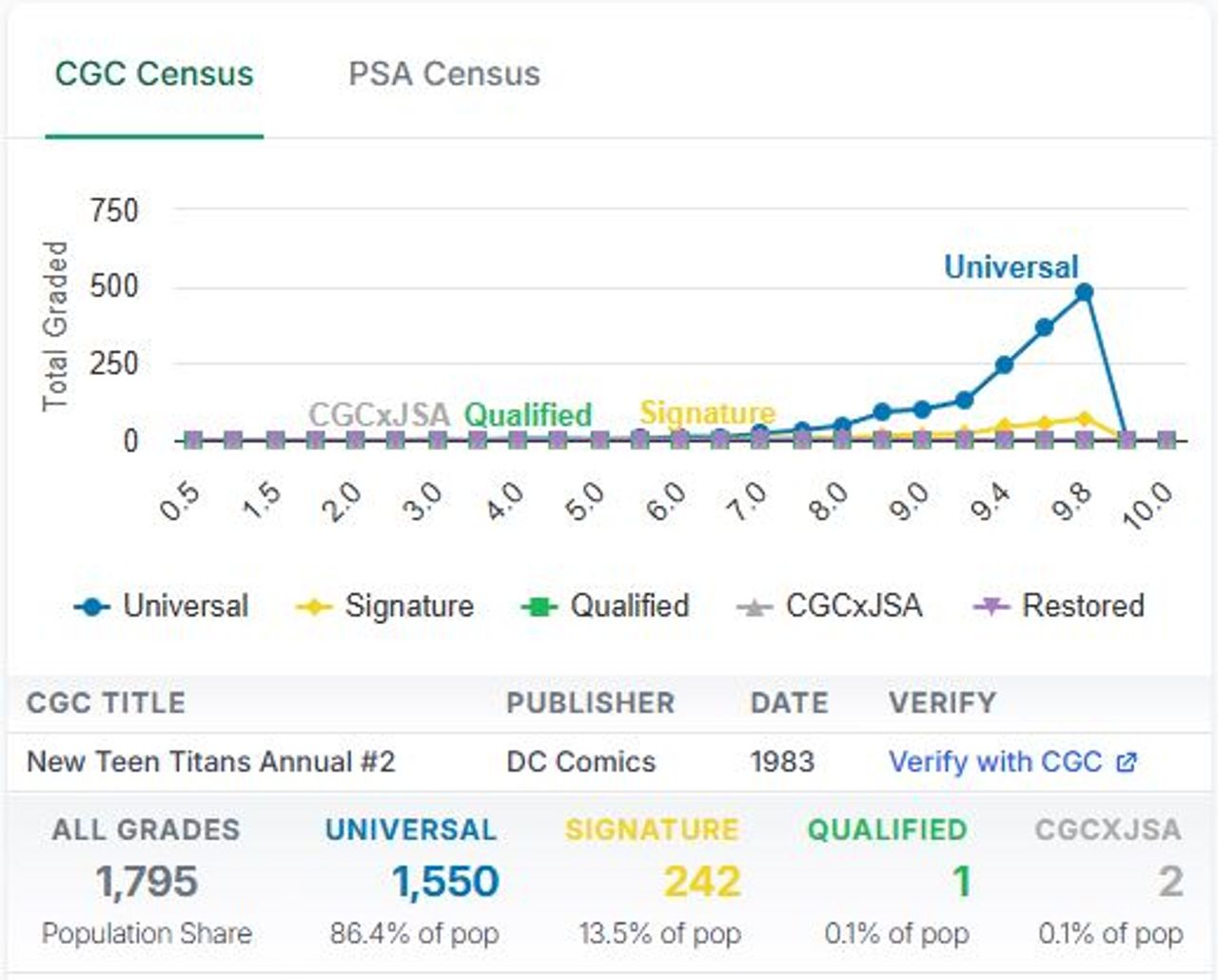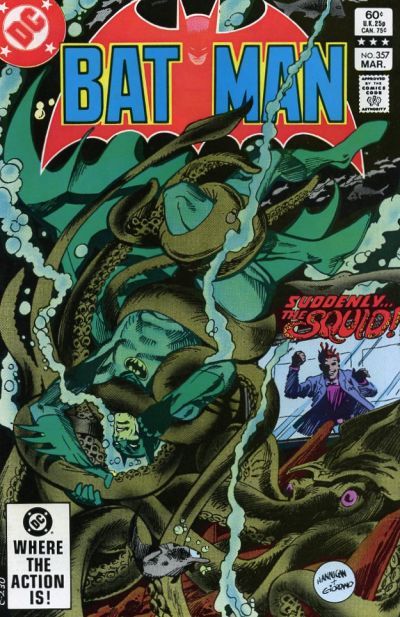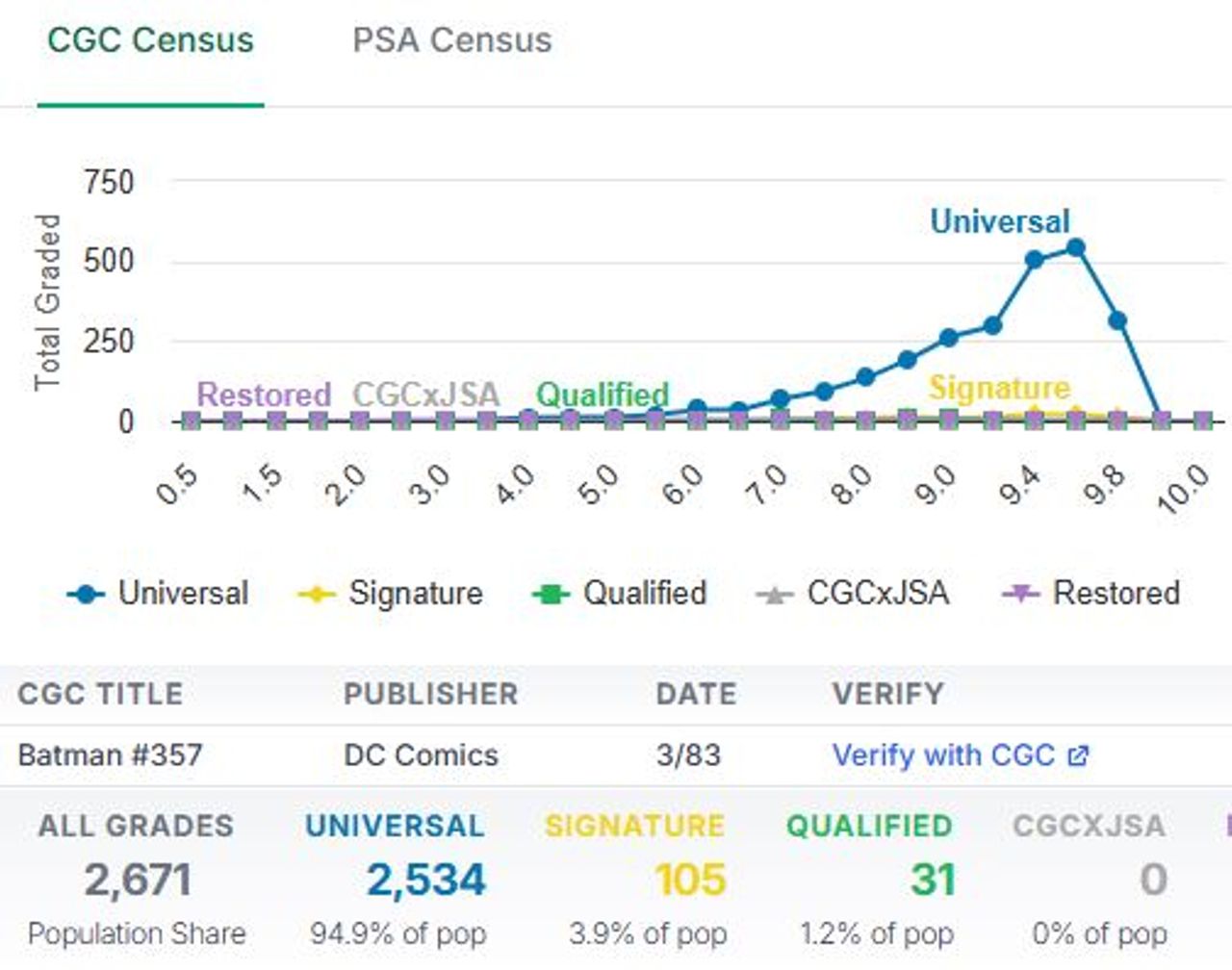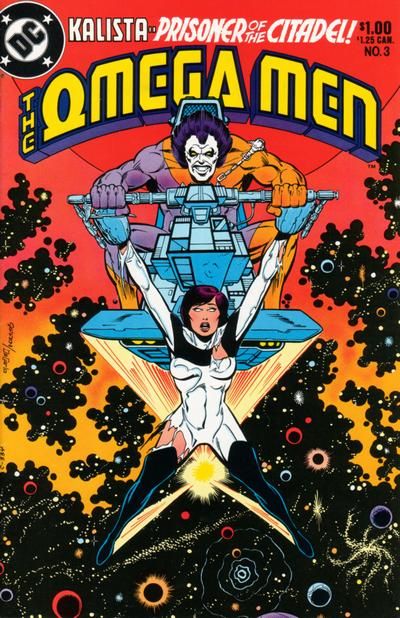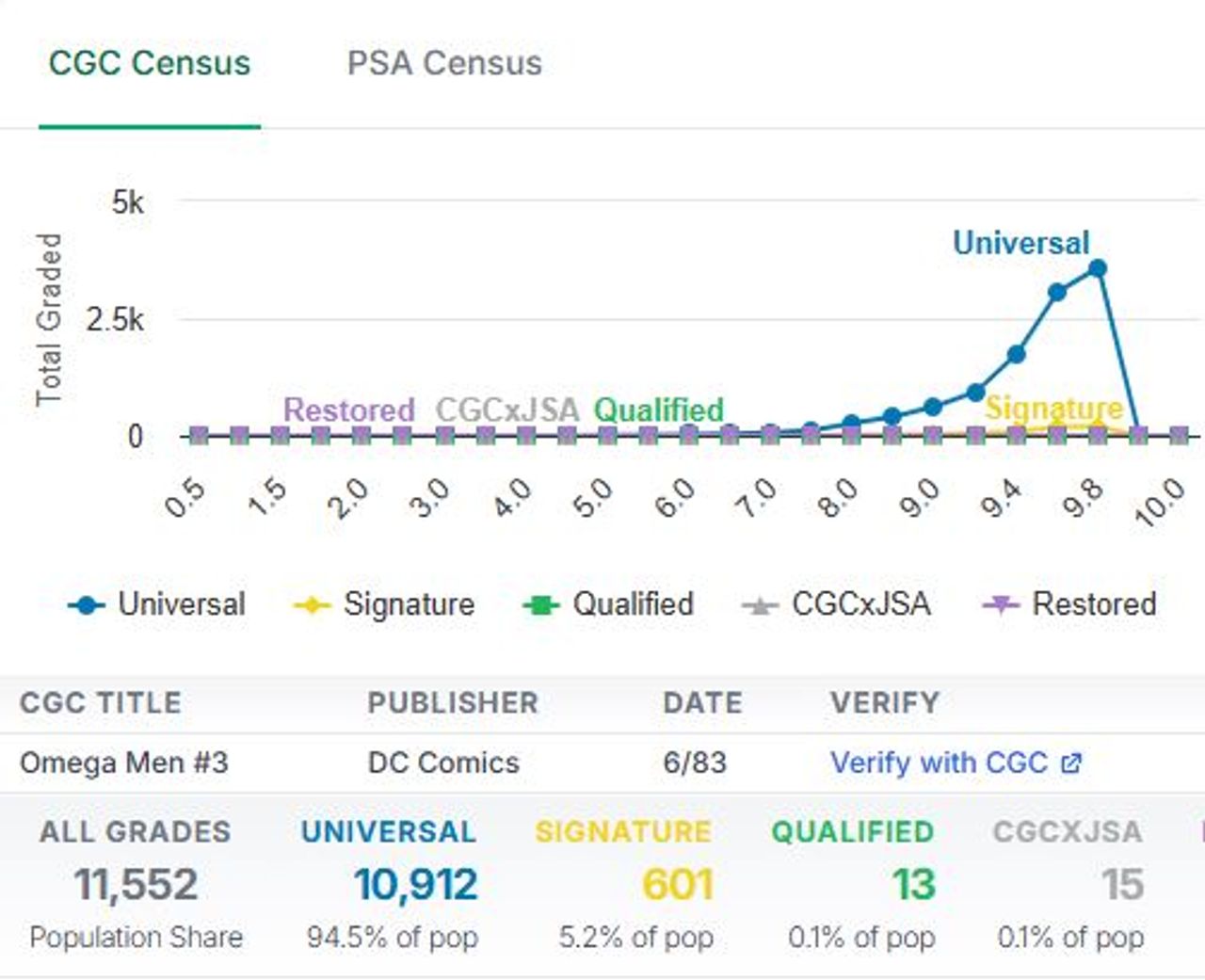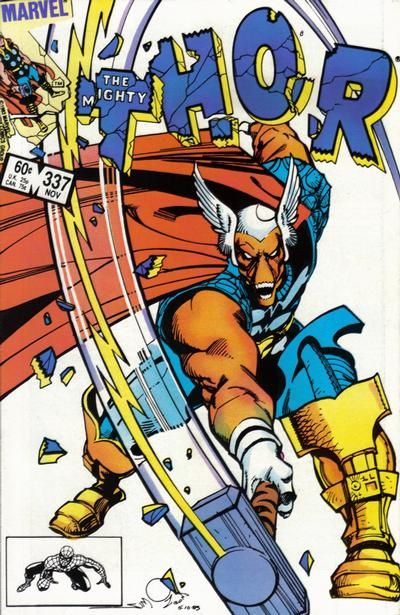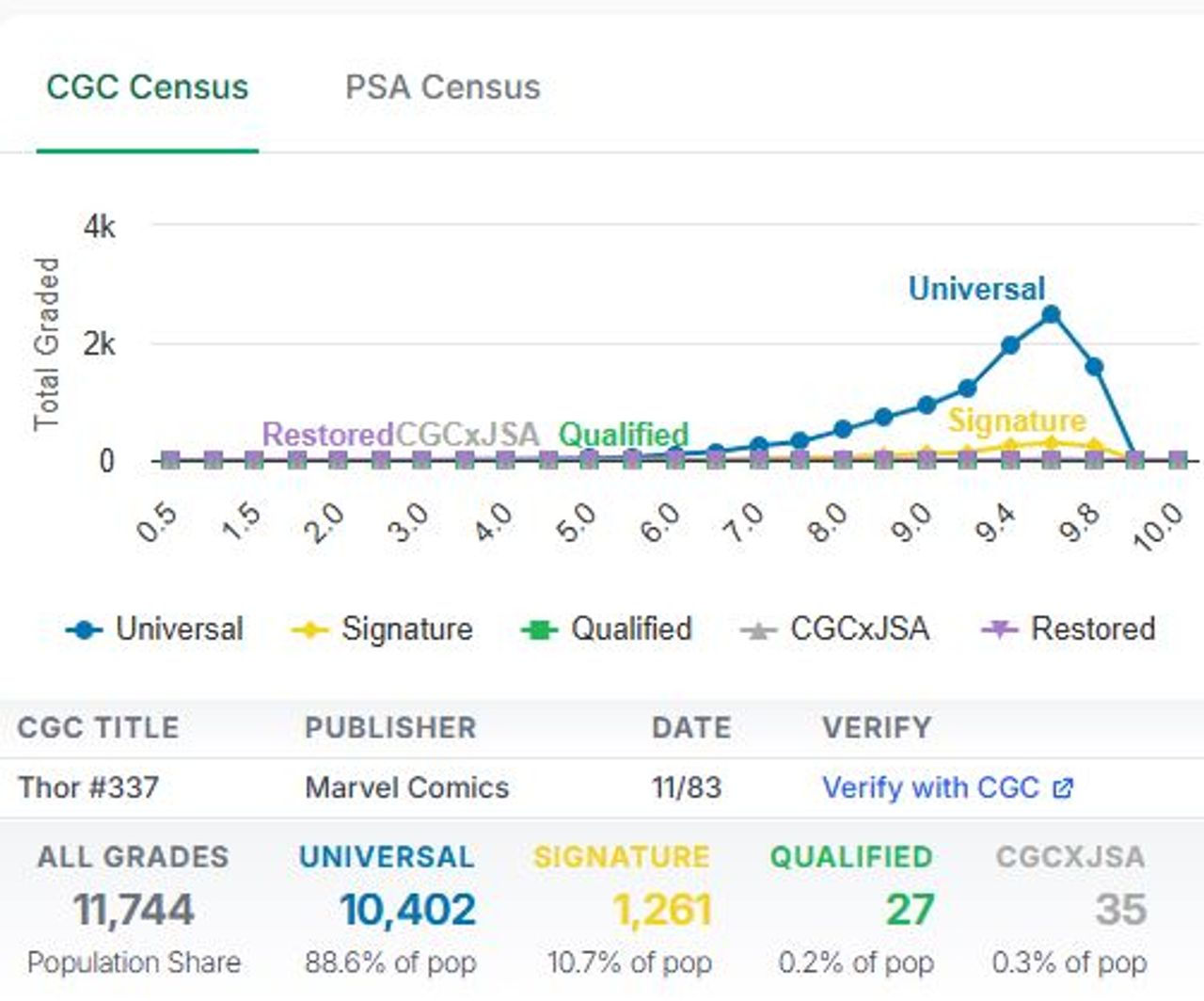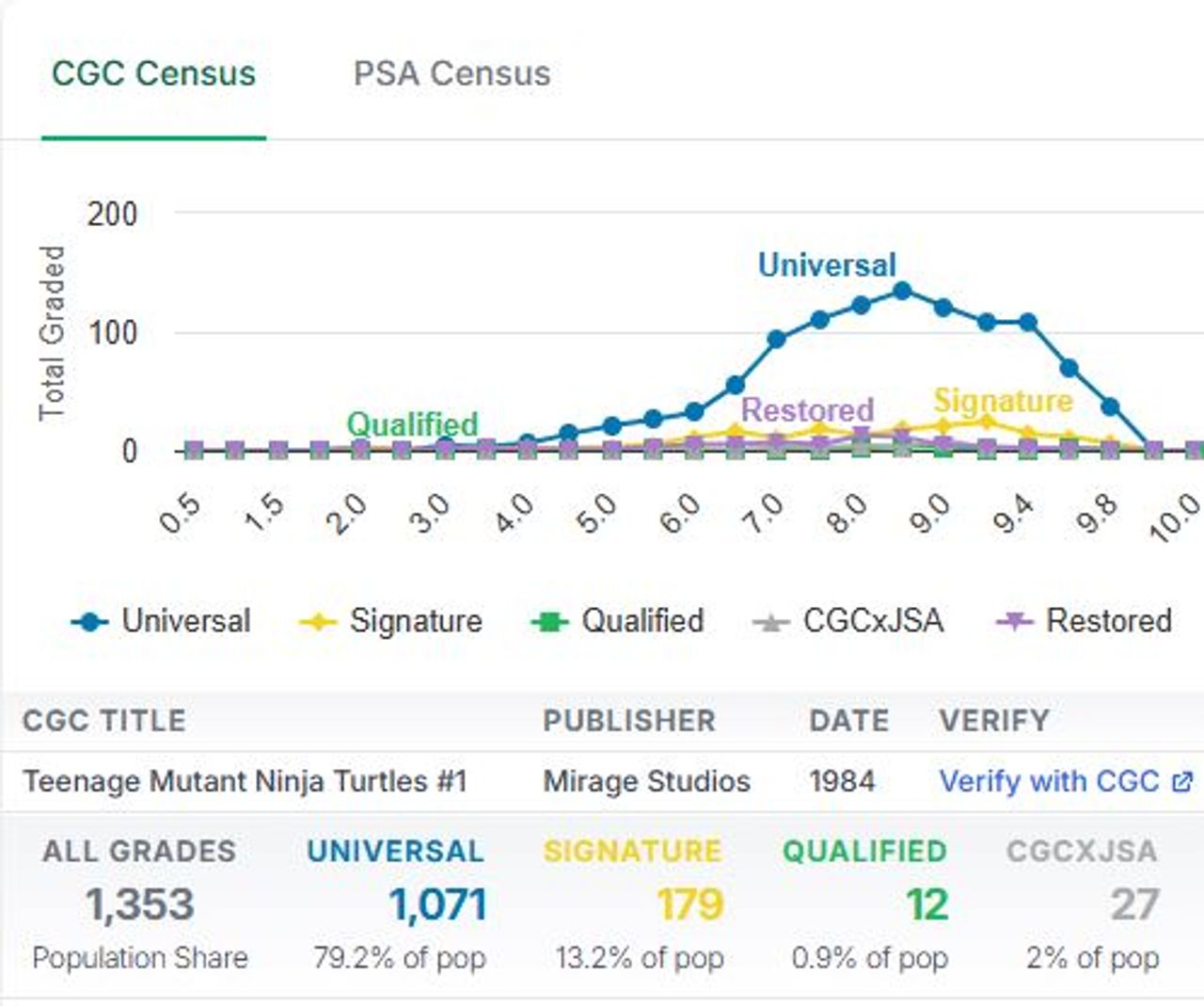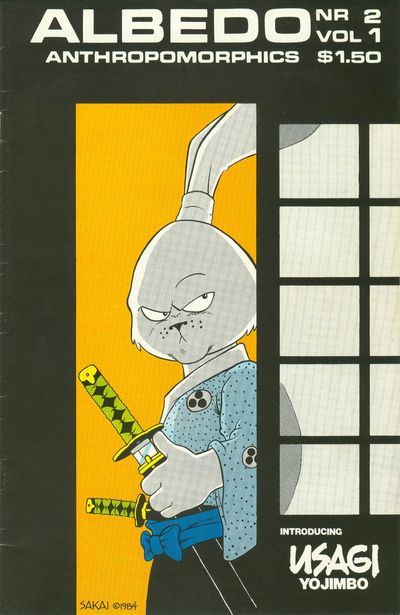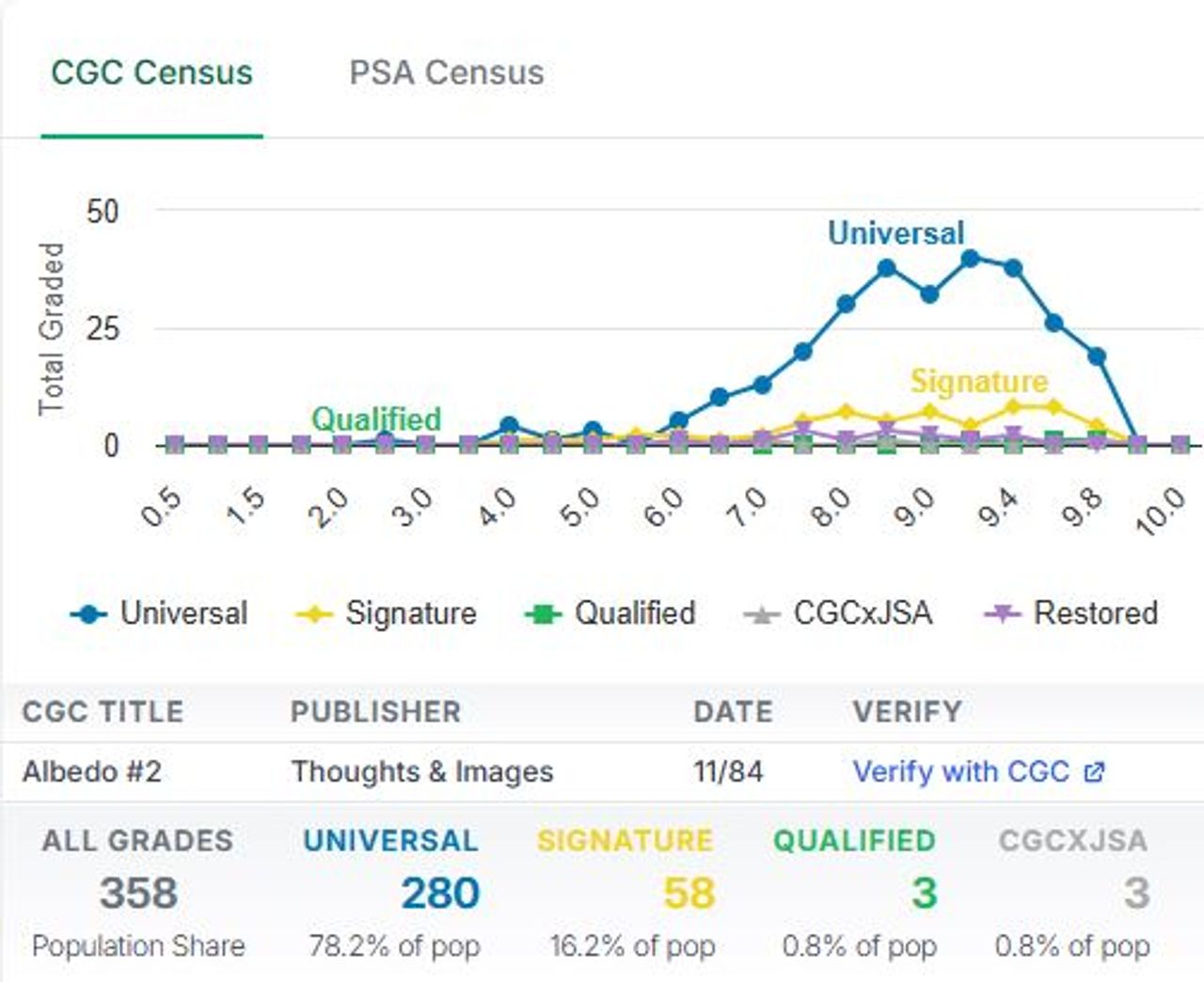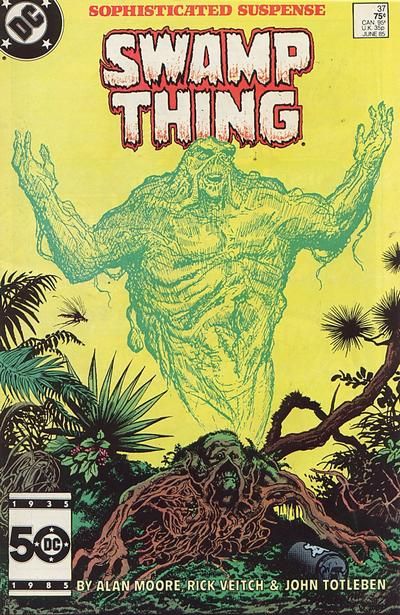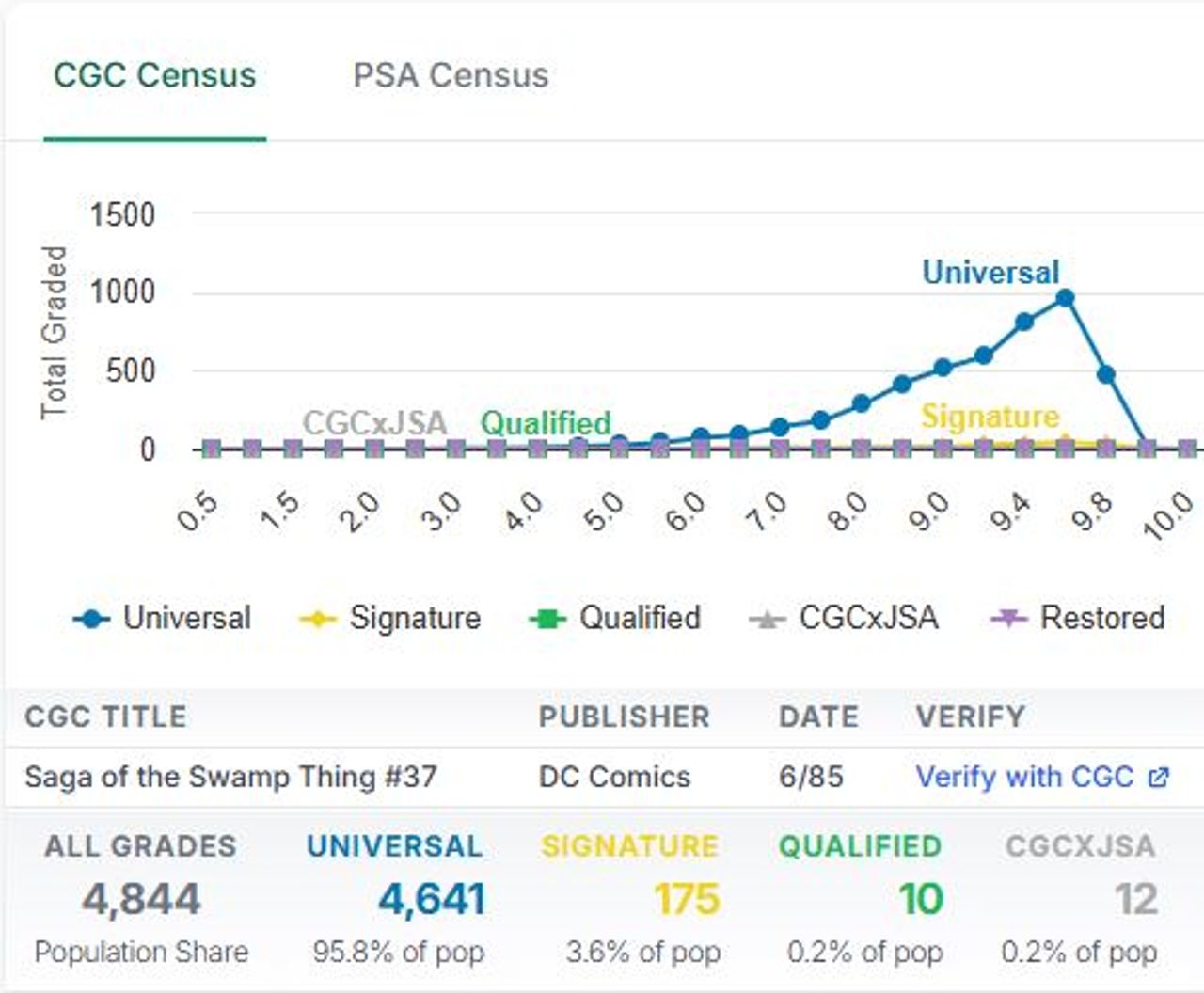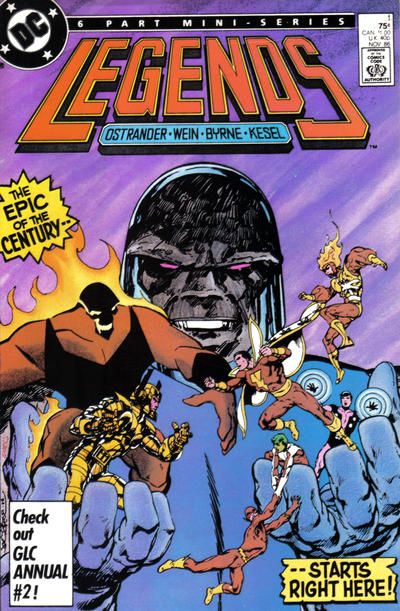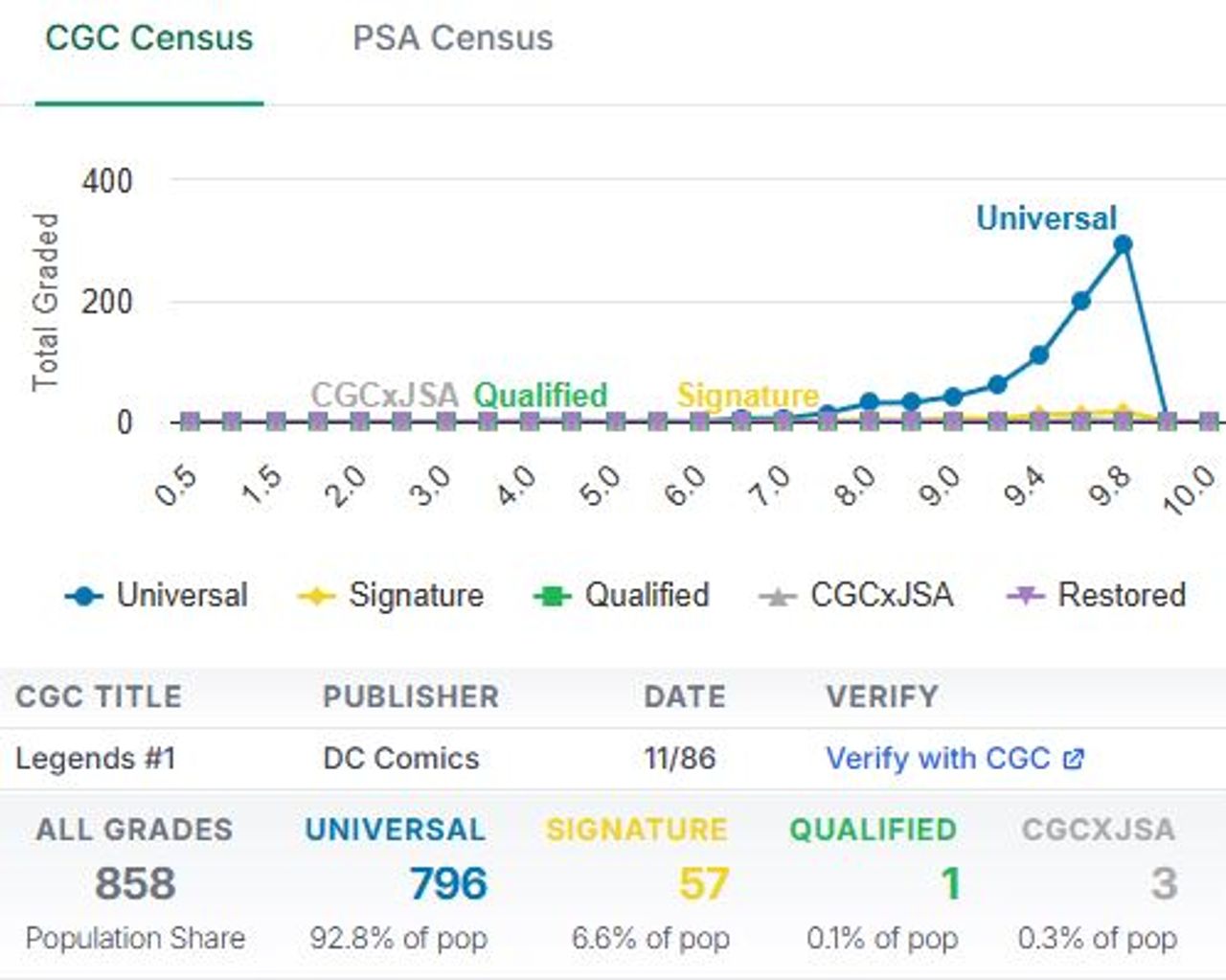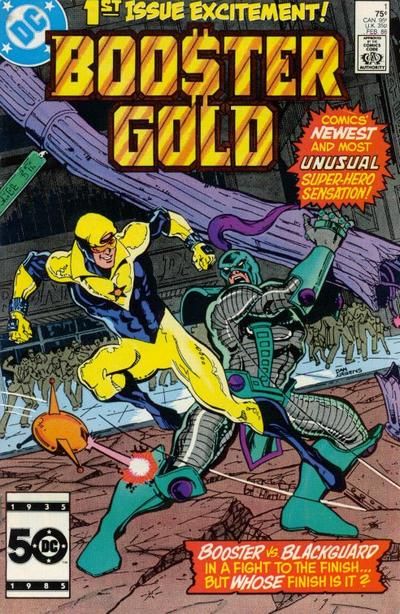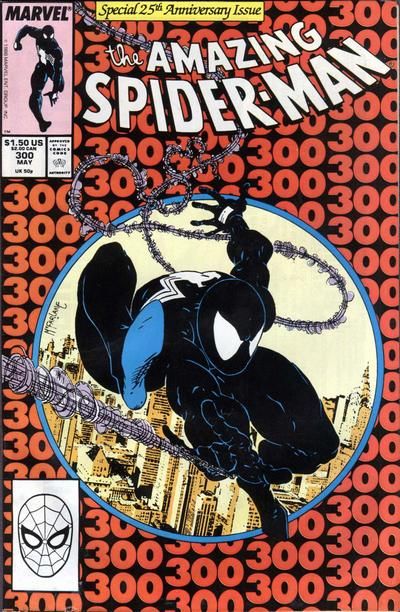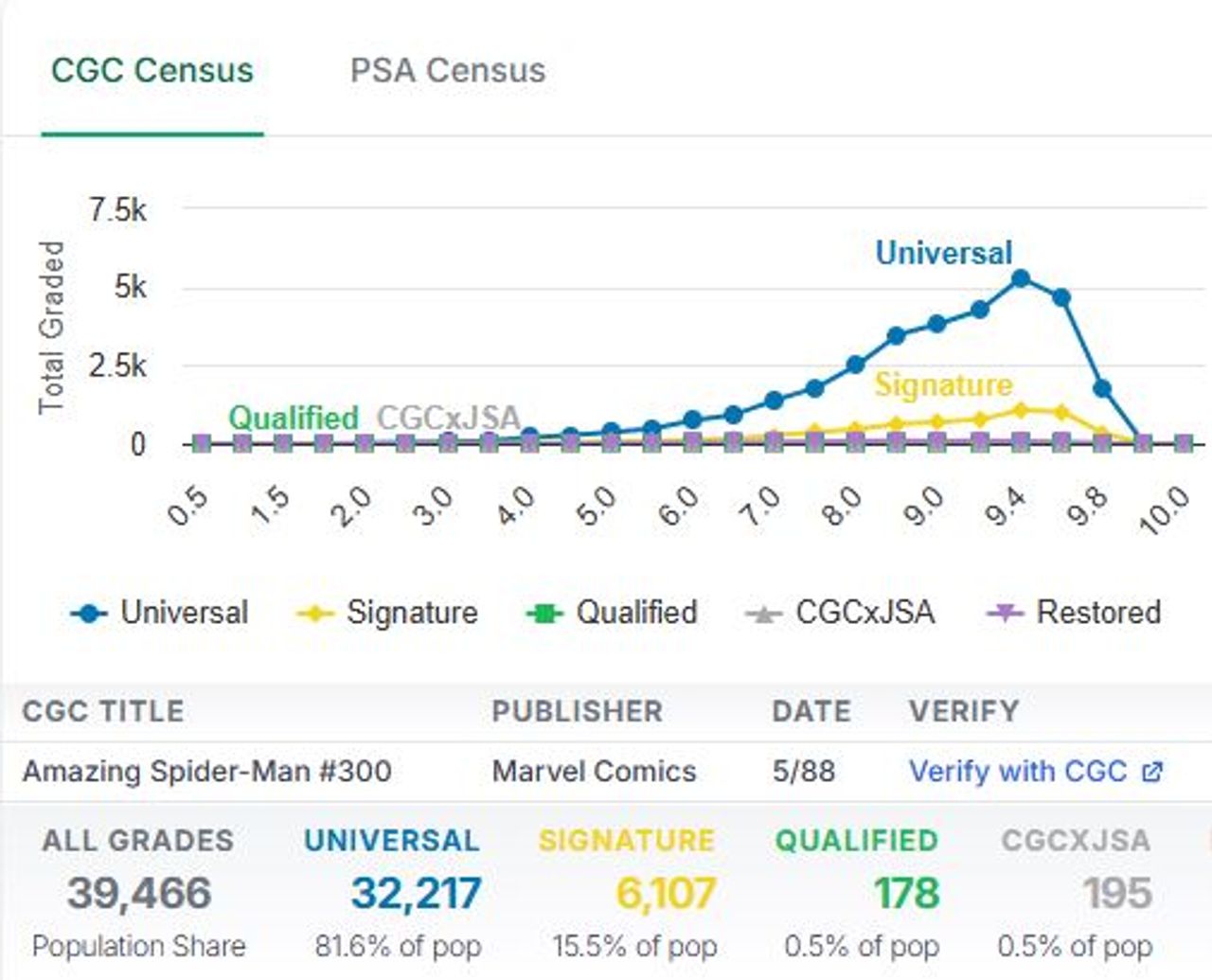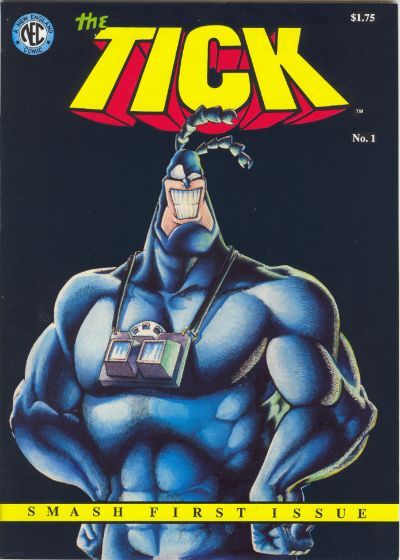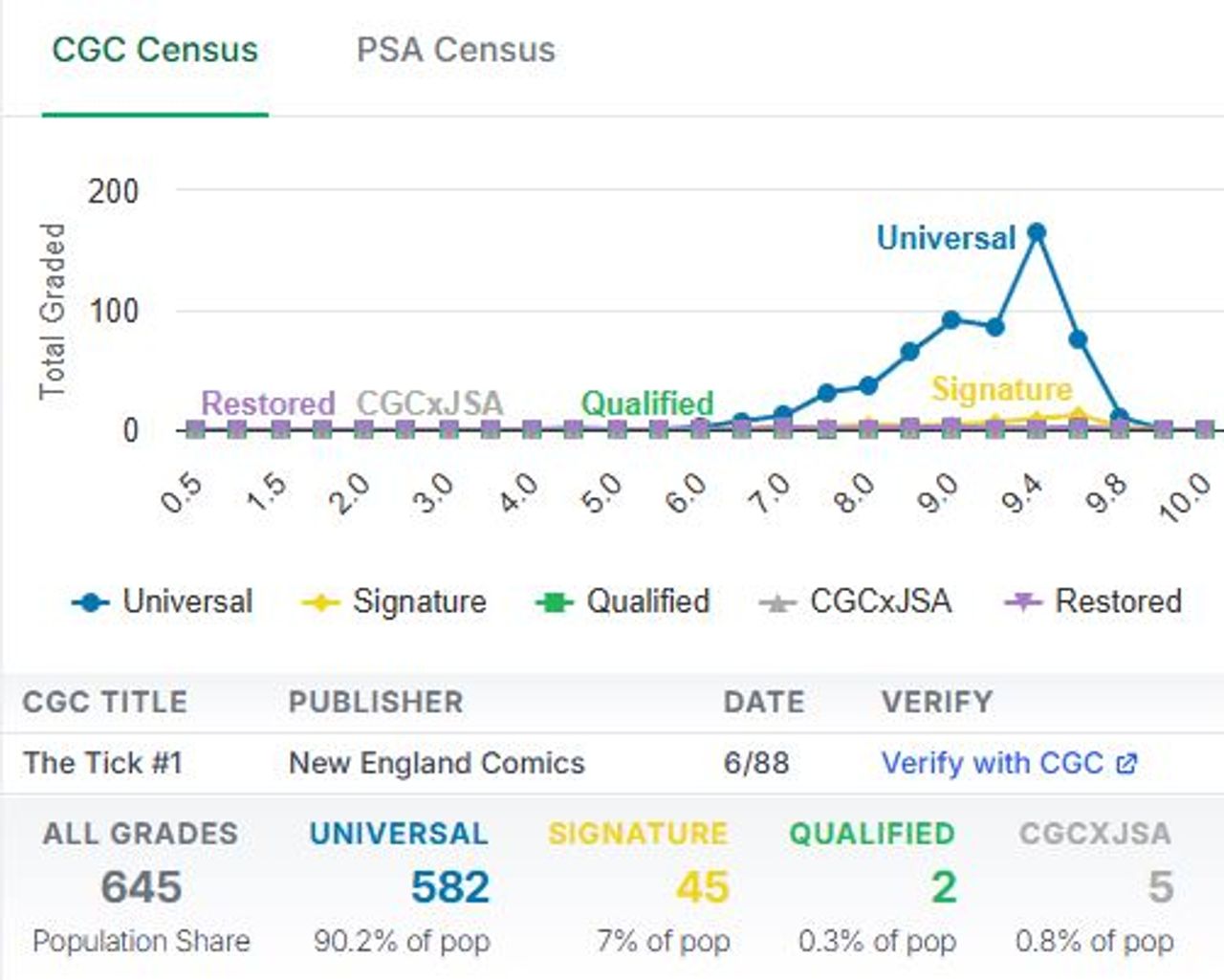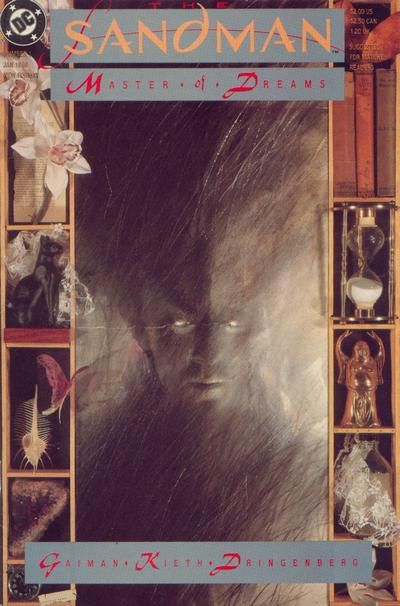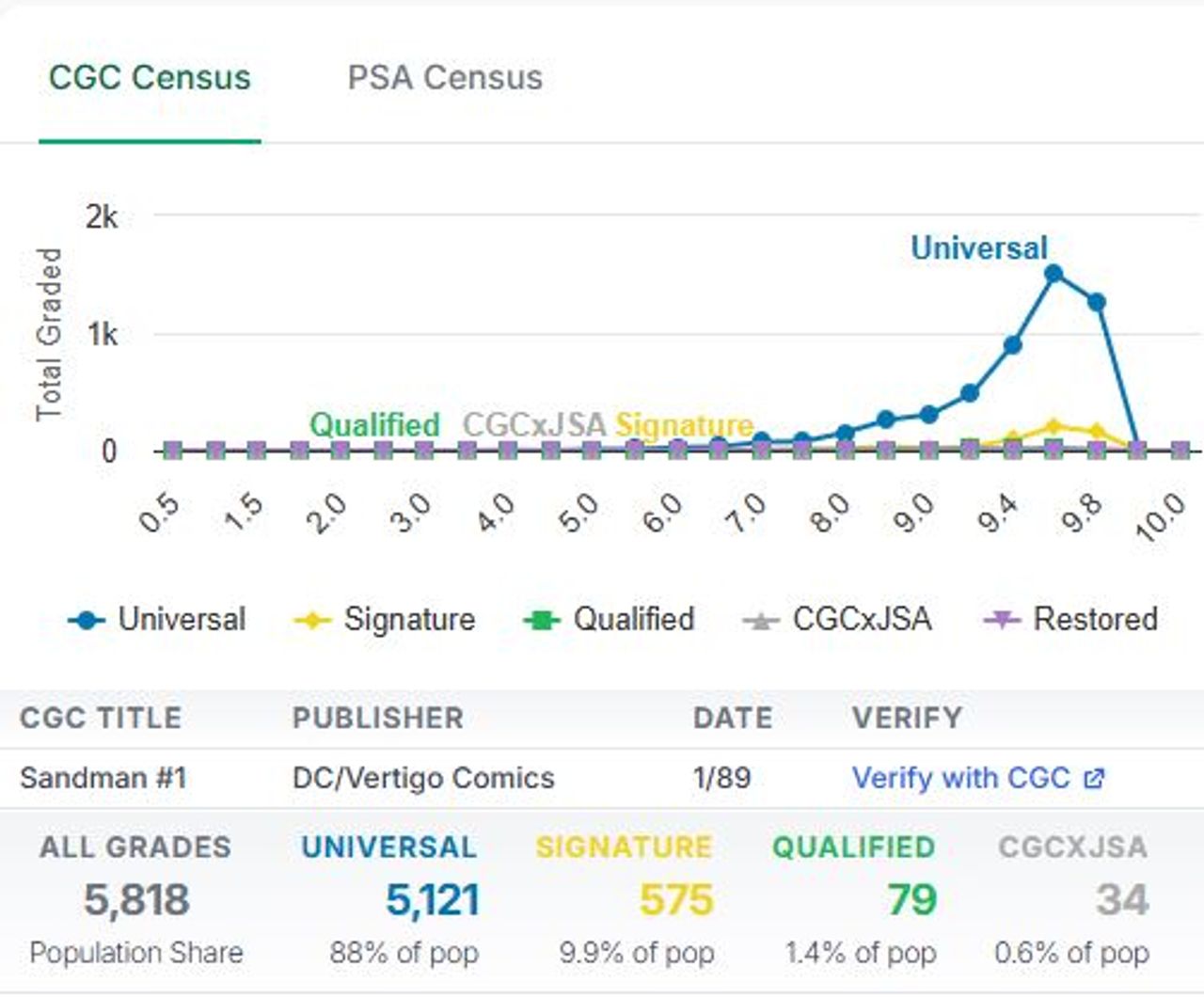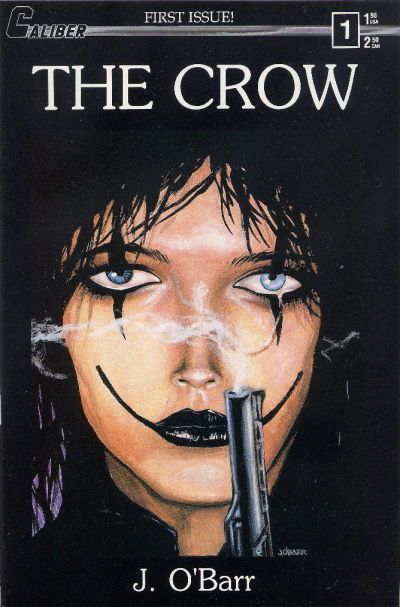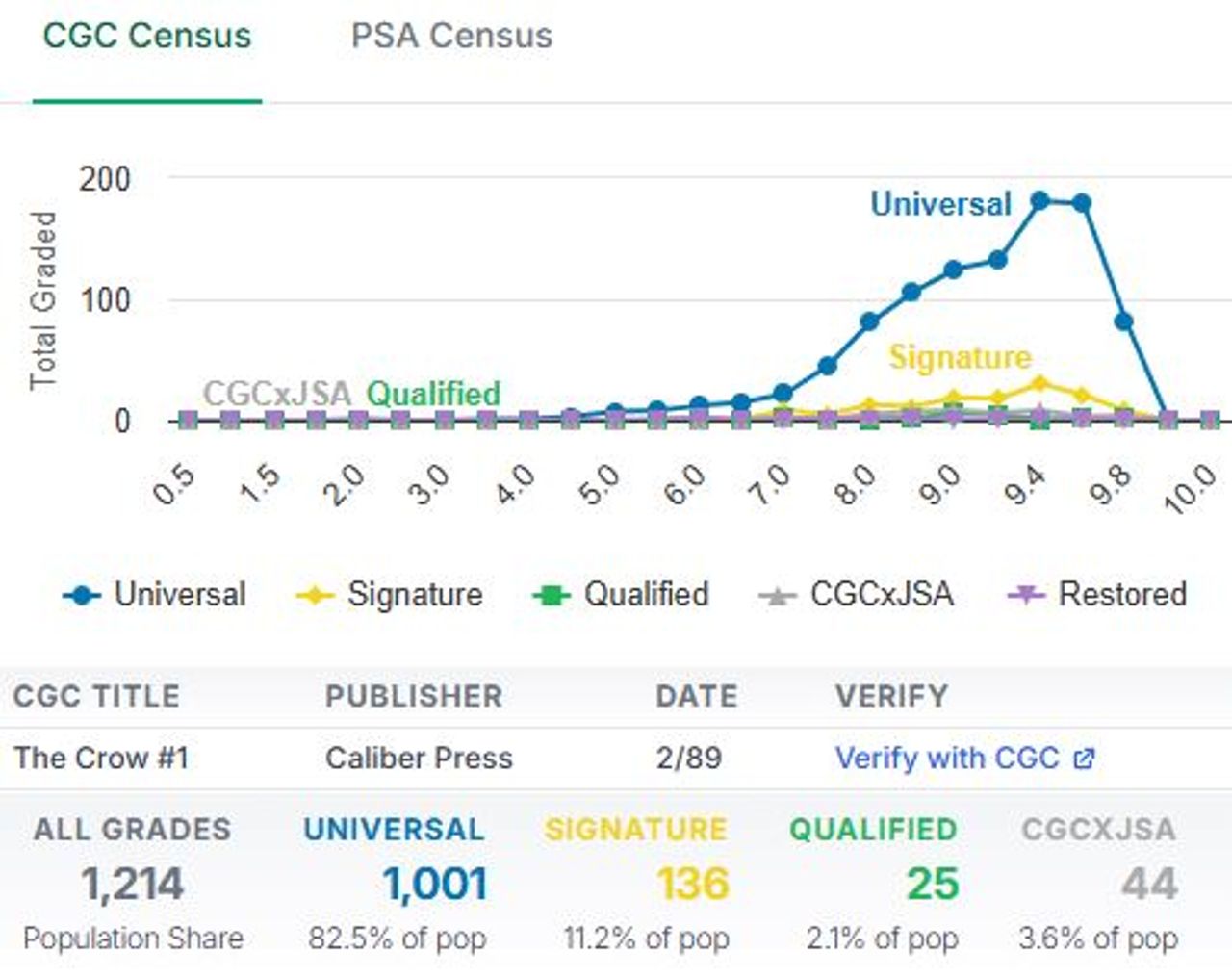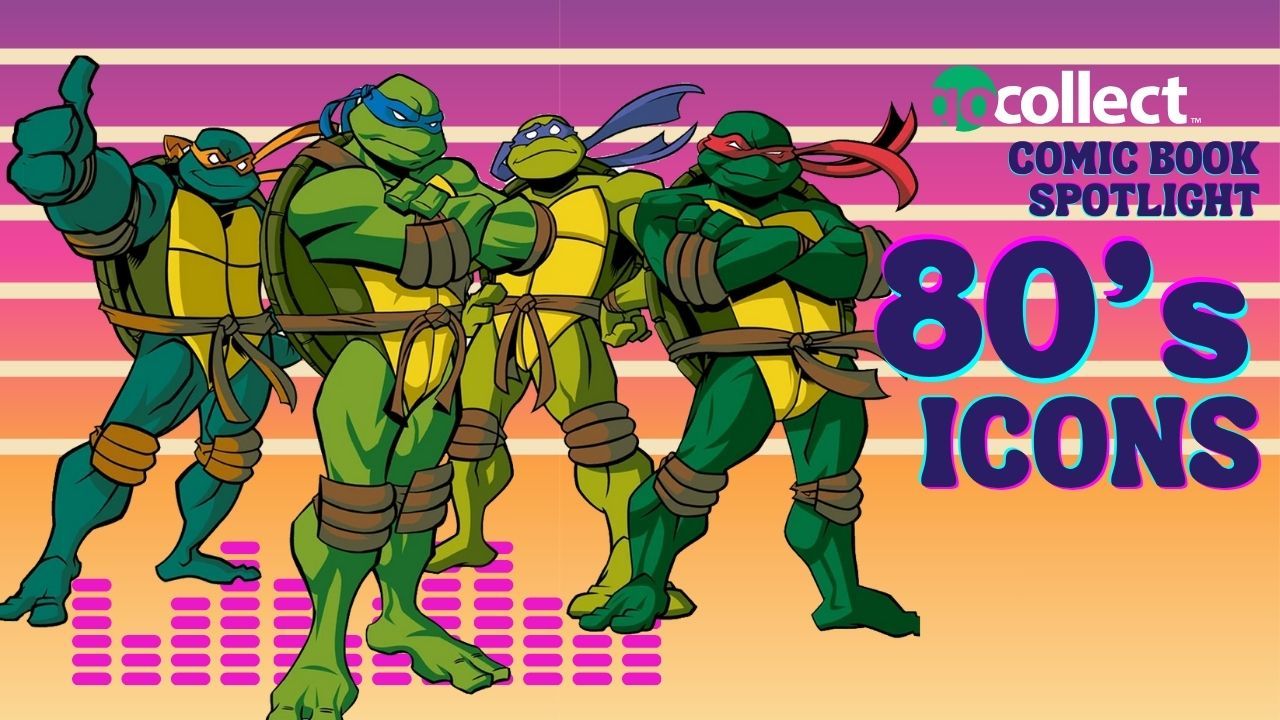
The 80s gave us the radical arrival of the Teenage Mutant Ninja Turtles, who went from black-and-white indie comics to a worldwide craze. It unleashed darker, more menacing figures like Venom, who would forever change Spider-Man’s rogues’ gallery. It also brought in Rogue, the southern belle who became a staple of the X-Men. We saw the rise of outrageous anti-heroes like Lobo, the Main Man, who embodied the decade’s wild energy, and indie oddballs like The Tick, who turned superhero satire into a cult sensation.
What you’ll find here is not a countdown or ranked list, but a look back at some of the most iconic comic characters who first made their mark in the 80s. Each entry comes with a hyperlink to their first appearance along with a peek at their CGC census count—because in the world of collecting, those details matter. While plenty of other names could have been included, this selection highlights the weird, the radical, and the unforgettable figures that helped define one of comics’ most exciting decades.
She-HulkThe Savage She-Hulk #1 (Marvel Comics, 1980) The cousin of Bruce Banner, lawyer Jennifer Walters transforms into the powerful, green-skinned She-Hulk after receiving a life-saving blood transfusion from the Hulk. She was created by the legendary Stan Lee and artist John Buscema, debuting in The Savage She-Hulk #1 (Feb 1980). Originally a fugitive battling to control her rage, her character quickly evolved in the '80s. She-Hulk joined the Avengers in 1982 and later replaced the Thing as a member of the Fantastic Four in 1984. During this era, particularly under the pen and brush of writer and artist John Byrne, Walters gained the ability to permanently retain her intelligence, personality, and control while transformed, frequently breaking the fourth wall to address the reader directly. This transformation cemented her identity as a confident, humorous, and beloved hero—a far cry from her "savage" namesake. In 2022, the character made her Marvel Cinematic Universe debut in the Disney+ series, She-Hulk: Attorney at Law, starring Tatiana Maslany, which leaned heavily into her signature fourth-wall-breaking legal comedy. | ||
The New Teen Titans (Cyborg, Starfire, & Raven)DC Comics Presents (DC Comics, 1980)
Wolfman and Pérez crafted a series that successfully blended complex, character-driven soap opera with mature, high-stakes superhero adventure. The title became DC's top-selling book and was critical to the 1980s comic book boom, inspiring future team iterations and animated series, notably including the critically acclaimed "The Judas Contract" storyline. | ||
Deathstroke, the Terminator (Slade Wilson)New Teen Titans #2 (DC Comics, 1980) The formidable mercenary and assassin Slade Wilson, known as Deathstroke the Terminator, made his debut in The New Teen Titans #2 (Dec 1980) as the primary antagonist of the newly formed team. Created by writer Marv Wolfman and artist George Pérez, Deathstroke quickly rose to become one of DC's most iconic villains. Originally a former military man who gained enhanced strength, agility, and a hyper-efficient mind through an experimental serum, he was hired by his son, the villain Ravager, to fulfill a contract against the Titans. A master strategist and highly disciplined fighter, Deathstroke's defining storyline in the 1980s was "The Judas Contract," where he manipulated and betrayed the Titans through the help of his other protégé, Terra. His popularity has endured, leading to decades of solo titles and major roles across video games, animation, and live-action media. | ||
ElektraDaredevil #168 (Marvel Comics, 1981) Elektra was created by writer and artist Frank Miller and made her dramatic debut in Daredevil #168 (Jan 1981). She was introduced as the former college flame of Matt Murdock (Daredevil), who, after the tragic assassination of her diplomat father, transformed into a ruthless, sai-wielding ninja assassin working for the Kingpin. Miller’s run on Daredevil is considered one of the most influential in comic history, and Elektra was central to it, offering a dark reflection of Matt Murdock's own inner turmoil. Her story was brief but impactful: she was infamously murdered by Bullseye in issue #181 (1982), but her death cemented her status as a crucial figure in the Daredevil mythos. She was later resurrected and continued to star in groundbreaking solo series, such as the surreal and experimental Elektra: Assassin (1986). | ||
RogueAvengers Annual #10 (Marvel Comics, 1981) Rogue, the Southern Belle with the dangerous touch, was created by writer Chris Claremont and artist Michael Golden, making her first appearance as a villain in Avengers Annual #10 (1981). Rogue’s mutant power is the ability to absorb the life force, memories, and powers of another individual through skin-to-skin contact, often leaving the victim weakened or comatose. Her debut story was monumental: as a member of the Brotherhood of Evil Mutants (led by her foster mother, Mystique), she permanently absorbed the Kree-based superhuman powers, as well as the complete psyche, of the Avenger Ms. Marvel (Carol Danvers). Plagued by Ms. Marvel’s memories and unable to control her own powers—forcing her to cover her skin completely—Rogue sought help from Professor X. She was granted membership in the X-Men in Uncanny X-Men #158 (1982), a defining moment that transformed her into one of the franchise's most popular heroes and a defining figure of the 1980s X-Men era. | ||
The RocketeerStarslayer #2 (Pacific Comics, 1982) The Rocketeer is a high-flying pulp adventure hero created, written, and illustrated by the celebrated artist Dave Stevens. Stevens' creation debuted in a black-and-white backup story in Starslayer #2 (1982) from Pacific Comics. Set in 1938 Los Angeles, the series follows Cliff Secord, a daredevil stunt pilot who discovers a mysterious rocket-powered jetpack stolen from the inventor Howard Hughes by a pair of gangsters. Stevens’ work was a loving and meticulously rendered homage to the classic adventure serials, pin-up art, and Hollywood glamour of the 1930s and '40s. The Rocketeer’s simple, heroic premise, combined with Stevens' beautiful and distinctive artwork—especially his realistic and gorgeous renderings of Bettie Page-inspired girlfriend Betty—made the character an instant cult favorite. The character's popularity led to his own acclaimed series and a major motion picture adaptation in 1991. | ||
GrendelComico Primer #2 (Comico, 1982) Grendel, the alter-ego of the sophisticated and deadly author Hunter Rose, was created by writer and artist Matt Wagner and debuted in Comico Primer #2 (1982) from Comico Comics. Originally, Grendel was envisioned as a masked villain who saw crime as a form of art and used a distinctive trident-like weapon to enforce his will as a master criminal in New York City. While the early stories were straightforward dark crime narratives, the Grendel concept rapidly expanded into an ambitious, multi-generational saga. Wagner's work evolved into a meditation on the nature of aggression, power, and legacy, featuring successors who take up the Grendel mantle across different genres and time periods, most notably the female Grendel, Christine Spar. The character is known for its highly stylized, often black-and-white visual design and angular, graphic look, establishing Grendel as a high watermark for independent, mature-themed comics throughout the decade. | ||
VigilanteNew Teen Titans Annual #2 (DC Comics, 1982) The morally conflicted anti-hero Vigilante (District Attorney Adrian Chase) was created by writer Marv Wolfman and artist George Pérez, first appearing in his civilian identity in The New Teen Titans #23 (Sept 1982), before officially suiting up in The New Teen Titans Annual #2 (Aug 1983). After his family was killed, the brilliant prosecutor Chase donned a costume and used lethal force to deliver justice that the legal system failed to provide. His 1980s solo series was a gritty, psychological study of a man's descent into moral ambiguity, making him a definitive example of the decade’s darker comic book trends. While a different, more comedic version of Adrian Chase (Vigilante) became a fan-favorite in the HBO Max Peacemaker TV series, the original 80s comic character remains one of DC's most complex and tragic figures. | ||
Robin (Jason Todd) & | ||
LoboOmega Men #3 (DC Comics, 1983) The ultra-violent, intergalactic mercenary and bounty hunter known as Lobo, The Main Man was created by writer Roger Slifer and artist Keith Giffen. Lobo made his first appearance as a villain in Omega Men #3 (June 1983). Initially intended as a minor villain and a parody of the 'grim and gritty' trends dominating comics, Lobo was a Velorpian (later retconned to be the sole survivor of the planet Czarnia—a race he claims to have personally annihilated for a high school science project). In his early 80s appearances, Lobo was generally a hardened, purple-haired antagonist, but his character was dramatically revised and grew immensely popular in the late 80s and 90s. This transformation established his signature rocker look, chaotic hyper-violence, and strict, albeit twisted, personal code of honor that cemented him as the ultimate anti-hero and satire. | ||
Beta Ray BillThor #337 (Marvel Comics, 1983) The heroic alien warrior Beta Ray Bill was created by writer/artist Walt Simonson, making his memorable debut in The Mighty Thor #337 (Nov 1983). Simonson designed the Korbinite alien as an apparent monster—a cybernetically enhanced being with a distinctive, horse-like visage—intending to subvert reader expectations. His debut storyline was instantly iconic: Bill confronted and defeated Thor in battle, proving himself worthy of lifting the enchanted hammer Mjolnir. This established a major new precedent in the Marvel Universe, as he was the first non-Asgardian to wield the hammer. To resolve the conflict, Odin gifted Bill his own powerful hammer, Stormbreaker, and forged a lasting bond of "oath-brotherhood" between Bill and Thor. His creation immediately revitalized the Thor title and cemented Simonson's run as one of the greatest in comic book history, introducing a staunch ally and equal to the God of Thunder. | ||
Teenage Mutant Ninja TurtlesTeenage Mutant Ninja Turtles #1 (Mirage Studios,1984) The Teenage Mutant Ninja Turtles—Leonardo, Donatello, Raphael, and Michelangelo—are a team of mutated, crime-fighting turtles who were trained in the art of Ninjutsu by their sensei, the mutated rat Splinter. The four brothers made their debut in the oversized, black-and-white Teenage Mutant Ninja Turtles #1 (May 1984), published by the small, independent Mirage Studios. The TMNT were created by writers/artists Kevin Eastman and Peter Laird as a gritty, satirical parody of popular 1980s comic tropes, combining the serious nature of Daredevil and the New Mutants with the martial arts trend. Despite its humble origins and initial small print run, the comic became a breakout hit due to its unique concept and independent spirit. Its subsequent success was explosive, leading to licensing deals that transformed the characters into a pop culture phenomenon via a highly popular animated series, action figures, and film adaptations, making them one of the decade's greatest multimedia successes. | ||
Usagi YojimboAlbedo #2 (Thoughts & Images, 1984) Usagi Yojimbo is a highly respected anthropomorphic rabbit ronin (masterless samurai) who wanders the Japanese countryside on a musha shugyō (warrior's pilgrimage). He was created by writer/artist Stan Sakai and made his debut in the anthology series Albedo Anthropomorphics #2 (Nov 1984), published by the independent Thought & Images Comics. The series is set in an alternate history of 17th-century Japan, known as the Edo period, where the main characters are all animals (anthropomorphic). Usagi’s adventures are deeply rooted in historical Japanese culture, traditions, and film, focusing on honor, duty, and intricate martial arts action. Usagi's quiet dignity and dedication to the bushido code immediately resonated with readers. The character quickly earned his own highly acclaimed series, establishing him as one of the most enduring and critically celebrated creations of the 1980s independent comic movement. | ||
John Constantine, HellblazerSwamp Thing #37 (DC Comics, 1985) The cynical, chain-smoking, working-class occult detective John Constantine was created by writer Alan Moore and artists Stephen R. Bissette and John Totleben. He made his debut as a mysterious supporting character in The Saga of the Swamp Thing #37 (June 1985). The character's design was notably inspired by the musician Sting. Constantine was conceived as a "blue-collar warlock," a master manipulator and trickster operating on the fringes of the DC Universe, dealing with demonic threats, angels, and the darker side of magic. His popularity grew rapidly during Moore's acclaimed run on Swamp Thing, leading DC Comics to launch his own mature-readers title, Hellblazer, in 1988. This series, initially written by Jamie Delano, became one of DC's longest-running and most defining mature titles, establishing Constantine as the ultimate anti-hero in the world of urban fantasy. | ||
Amanda WallerThe ruthless government operative Amanda Waller was created by writer John Ostrander and artists Len Wein and John Byrne, making her first appearance in the limited series Legends #1 (Nov 1986). Waller is a brilliant strategist and tactician who quickly established herself as one of the most formidable non-costumed figures in the DC Universe. She is best known as the founder and director of the black ops program Task Force X, also known as the Suicide Squad. The premise of the Suicide Squad comic series, which launched in 1987, revolved around Waller recruiting incarcerated super-villains to carry out dangerous, high-risk missions for the government in exchange for time off their prison sentences. This no-nonsense, morally ambiguous approach made her a defining character in the "grim and gritty" comic era of the late 80s. | ||
Booster GoldBooster Gold #1 (DC Comics, 1986) The time-traveling, fame-hungry superhero Booster Gold was created by writer/artist Dan Jurgens, making his first appearance in his self-titled ongoing series, Booster Gold #1 (Feb 1986). Originally Michael Jon Carter, a disgraced quarterback from the 25th century, he stole a flying security robot (Skeets) and advanced technology from a museum and traveled back to the 20th century to become a famous superhero, capitalizing on his knowledge of future history. Booster Gold was the first significant original character introduced into the DC Universe after the Crisis on Infinite Earths event. Jurgens designed him as a commentary on the era’s rising celebrity culture and commercialism—a hero more concerned with endorsement deals and public image than altruism. Despite his shallow beginnings, the 80s cemented his enduring role, particularly when he became a key, often comedic, member of the Justice League International alongside his best friend, the second Blue Beetle (Ted Kord). | ||
VenomAmazing Spider-Man #300 (Marvel Comics, 1988) The symbiotic villain Venom is arguably the most famous Spider-Man foe created in the 1980s. The character originated as an amorphous, alien costume that bonded with Peter Parker in Secret Wars #8 (Dec 1984). However, the true icon—the horrifying villain with the white spider symbol, razor teeth, and long tongue—was solidified when the symbiote bonded with disgraced journalist Eddie Brock. Venom's first true appearance as the combined villain was in the final panel of The Amazing Spider-Man #299 (April 1988). However, the gem and the definitive, full-story debut that introduced him as the relentless, powerful anti-Spider-Man was the hugely popular issue, The Amazing Spider-Man #300 (May 1988). Both issues were created by writer David Michelinie and artist Todd McFarlane, who imbued the villain with a unique blend of horror and raw physical power that immediately captured the imagination of readers, paving the way for the "symbiote era" of comics. | ||
The TickThe Tick #1 (New England Comics, 1988) The satirical, muscle-bound, blue-clad superhero The Tick was created by cartoonist Ben Edlund in 1986. He debuted in the New England Comics Newsletter #14 (July/August 1986) as a mascot before receiving his own black-and-white comic book series in 1988. The Tick, who is nigh-invulnerable, possesses superhuman strength, and is an escaped mental patient, was created as a loving parody of the increasingly serious and aggressive American comic book superheroes of the 1980s. He is known for his bombastic speeches and his mild-mannered sidekick, Arthur, a former accountant who dresses in a moth costume. | ||
SandmanDream of the Endless, also known as Morpheus and simply Sandman, was created by writer Neil Gaiman and artists Sam Kieth and Mike Dringenberg. He made his debut in The Sandman #1 (Jan 1989), published by DC Comics. The character is the personification of dreams, stories, and reality, and one of seven powerful beings known as the Endless. The Sandman series was a core title in DC's transition to the mature-readers Vertigo imprint. It was instantly hailed for its lyrical writing, literary influences, and blending of mythology, history, and horror. The first storyline, Preludes & Nocturnes, sees Dream escape captivity and attempt to recover his tools of power, kicking off an expansive, character-driven saga that moved far beyond traditional superhero tropes. The series became one of the decade's most critically acclaimed late entries, setting the standard for prestige comics in the years that followed. | ||
The CrowThe Crow #1 (Caliber Press, 1989) The Crow is the creation of writer/artist James O’Barr. The character, an undead vigilante named Eric Draven who is brought back to life by a mysterious crow to seek vengeance for his and his fiancée’s murder, first appeared in Caliber Presents #1 (Jan 1989) from Caliber Press. However, the more widely sought-after book and the proper beginning of the character’s dark, poetic saga is the first issue of the subsequent limited series, The Crow #1 (Feb 1989). O’Barr drew upon his own personal tragedy to craft a raw, violent, and deeply emotional story that resonated with the burgeoning Gothic subculture. The series stood out for its stark, black-and-white visual style, mixing horror and action with romantic tragedy. Though a late entry to the 80s, its unique aesthetic made it highly influential, leading to its enduring cult status and the major 1994 film adaptation featuring Brandon Lee. Lee was accidently killed during the filming of movie. | ||
This collection of entries highlights some of the most enduring and influential characters who debuted between 1980 and 1989. Please note that this is not a "Top 20" ranking. These icons were chosen to showcase the decade's wide-ranging trends, from the rise of grim and gritty anti-heroes and dark psychological thrillers to the boom in creator-owned, independent successes.
For a deeper dive into the significance of these characters, check out my video discussing this list with Mike from Spineworks on YouTube.
If I missed any other 80s debut icon, please let us know in the comments below!
